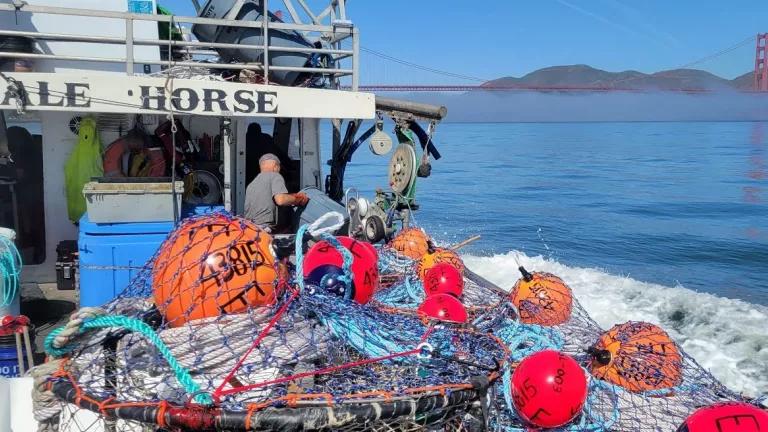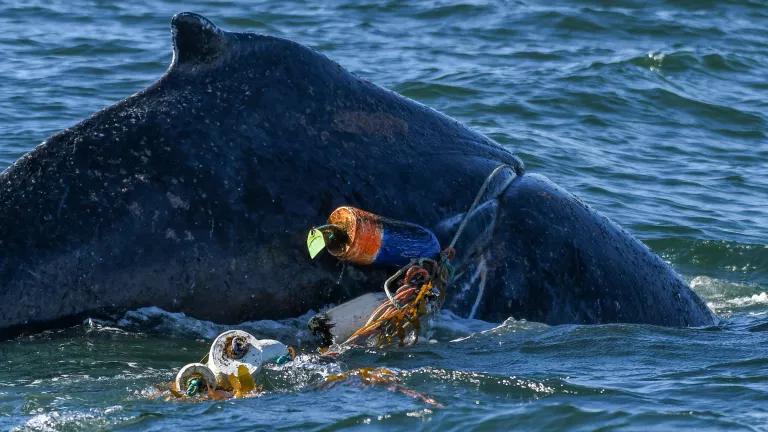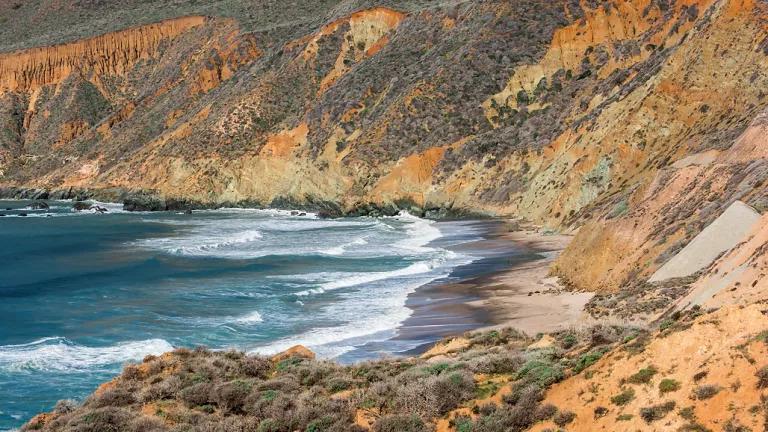California Department of Fish and Wildlife (CDFW) wardens have a daunting charge: enforcing fish and wildlife laws in a state with 38 million people, across a huge terrestrial landscape and an 840-mile coastline that includes a relatively new network of marine protected areas (MPAs). California's MPA network made the state a national leader in ocean management and put it in a position to drive national policy on enforcement and compliance. Yet it currently trails Oregon and Washington in the use of up-to-date electronic systems for managing citations.
Many components contribute to successful enforcement, including outreach and education aimed at securing compliance; engaged, informed, and observant citizens; fast and effective reporting mechanisms; well trained and equipped wardens; an effective system of penalties for violations; and partnerships among law enforcement entities ranging from wardens, park rangers, and lifeguards to National Marine Sanctuary and U.S. Coast Guard enforcement personnel. Technology is just one piece of this picture, but one that can make an invaluable contribution.
This paper summarizes information on technology options that could help enhance enforcement of MPAs in California's ocean waters. In some cases, the utility of the tools we examine extends well beyond MPAs. The purpose of this paper is to review the pros and cons of various technologies to help inform smart investments, ensure that CDFW can take full advantage of funding opportunities as they arise, attract more resources for wardens, and, ultimately, make ocean enforcement as effective as possible.



